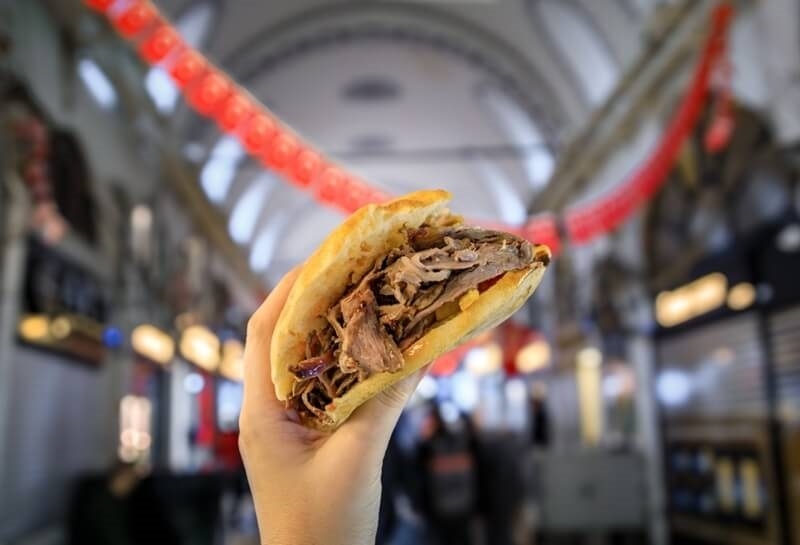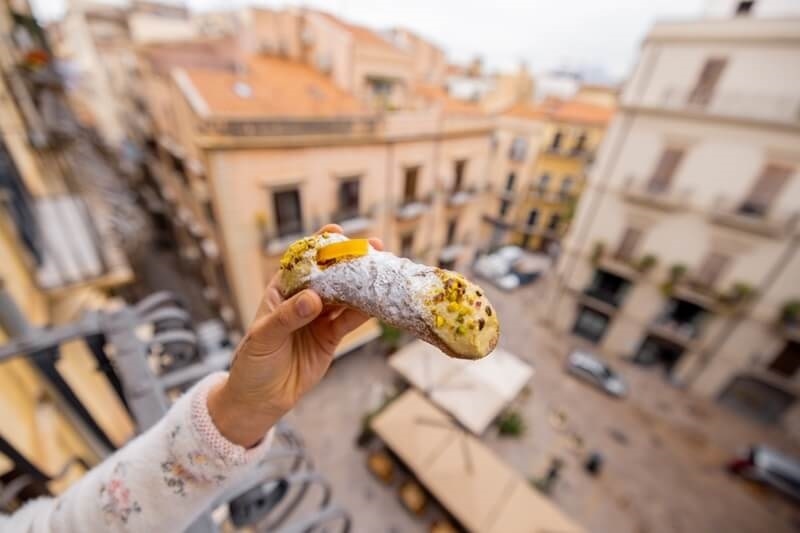
Maybe the greatest thing about traveling is food. It's not only fuel—it's story, ritual, and cultural hospitality. And although glossy brochures and Instagram feeds tend to lead travelers to where the tourists are, magic is always somewhere else. This eat like a local travel guide will assist you in skirting the tourist diners and diving into what locals adore, from real food travel advice that makes every meal enrich your encounter. Let’s explore authentic food travel tips, non-touristy restaurants, local food etiquette, how to find real local dishes, and more.
Food is the global language of culture, and eating like the locals isn't so much about pinching pennies or experiencing new flavors. It's about taking part in another person's everyday life. It's walking a mile in another culture's shoes (or kitchen) for an afternoon. For U.S. visitors, whose own culinary culture is itself a melting pot of international influences, eating at out-of-the-way restaurants and learning to locate authentic local food can be reassuringly familiar and thrillingly new.

Before you hop on that plane, lay some groundwork. Avert those generic top-ten lists that breed overhyped destinations. Instead, dig deeper.
This kind of research is a building block of any eat like a local travel guide and the foundation for genuinely authentic food travel tips based on the real culture—not just something that will sell to tourists.
All tourist restaurants offer freebies. Large English menus with images, street vendors pushing you aside, high-cost meals, and proximity to popular sites are all warning signs. Not all tourist places are horrible, but they tend to sacrifice flavor and authenticity in favor of broad appeal.
To dine like the natives, look for restaurants with menus smeared with grease, lines of locals, little or no English on the sign, and simple decor. The best will always be found in small restaurants that don't have advertisements—because they don't need to.
Half nature, half technique. Here are some tested-and-proven ways:
Follow the Crowds (But Ensure They're Local): A crowded restaurant with locals during lunchtime is usually a safe bet. It means the food is fresh, affordable, and highly regarded by those who eat it every day.
Ask Locals -But Not Hotel Staff: Hotel staff will likely direct you to safe or touristy restaurants. Instead, speak with taxi drivers, market vendors, or small shop owners. They will be more likely to direct you toward authentic local experiences. If you're in a new city, this eat like a local travel guide tip can get you out of the "tourist bubble" in a hurry.
Check Out Street Food Markets: In the majority of countries, street food is the ideal way to eat like a local. From taco street stalls in Mexico City to Taipei's night markets, street vendors offer some of the finest food travel tips you'll ever get—direct from the horse's mouth. Ignore hygiene concerns; opt for busy stalls with high turnover and high standards of hygiene.
Use Local Food Apps and Platforms: Skip Yelp and TripAdvisor abroad. Instead, venture into apps such as Zomato (India), TheFork (Europe), or Dianping (China) to discover hidden gems of restaurants and actual reviews. These sites are frequented by locals and provide a truer food scene.
There are unwritten rules in every culture when it comes to eating. Understanding and practicing local food etiquette can enhance your experience and prevent embarrassing encounters.
In Japan, slurping noodles loudly is polite. In Thailand, using a fork to put food directly into your mouth is frowned upon—you’re supposed to push food onto your spoon. In Ethiopia, it's customary to eat with your right hand and share from a communal plate. In Morocco, declining a second cup of tea can be considered rude.
Do a quick read on local dining traditions before you dine and you'll be able to navigate customs confidently and respectfully. This is a central component of any solid eat like a local travel book, and makes you a more responsible traveler.
Places like EatWith, Traveling Spoon, or even Airbnb Experiences now offer the possibility to eat in a local's dining room or to take a cooking class. Not only do these experiences let you eat like a local, but they also let you cook like a local and learn ingredients and recipes from scratch.
In the countryside, do not be surprised to be invited in for lunch or tea in your own home. In all societies, politeness is a revered tradition. To open your door to such invitations generally results in the highlight meals of your journey.
Trying new foods can be intimidating, especially when you are not sure what to expect. However, open-mindedness is key. Try the fermented fish, the bitter greens, the meat cooked in leaves. At the same time, respect your boundaries—dietary and moral.
If you're vegetarian, have food allergies or sensitivities, or follow religious dietary laws, learn how to say so clearly in the local language. Carry a card explaining your dietary requirements. That way, you're balancing curiosity and caution—a sign of intelligent, respectful travel.
In much of the world, food isn't merely fuel for the body—it's ritual, conversation, and communion. The meals will be hours long in Italy, Spain, or Turkey. Don't gobble it down and split. Stay, watch, talk if invited to. Listen for the music of life there. This shift in gear enables you to appreciate the food on a more profound level and accords with the philosophy of this eat like a local travel guide: traveling present and conscious.
It means eating seasonal and sustainable. It means eating local, supporting farmers, family restaurants, and traditional food ways. It means not giving your money to big chains and instead backing non-touristy restaurants, leaving it in the community and building a healthier, more resilient food system.
But be aware of the impact of over-tourism. In some of the hotspots, restaurant tables now belong to tourists more than locals. Always try to support the ones that put quality and culture before profit.
As you explore off-the-beaten-path restaurants and try new foods, documenting your culinary experience makes the experience richer. A small notebook or electronic food diary allows you to write down more than what you consumed—it allows you to recall where you were, who you met, and what stories surrounded every meal.
Take notes on traditional ingredients, local preparation methods, and meals that surprised you. Jotting down conversations with street vendors or drawing the plate layout in your journal helps solidify local food etiquette and flavor profiles in your memory.
Along the way, this food diary is converted into an intimate eat like a local handbook—one based on experience, not rumor. And when you get back home, it can be used to recreate some of your favorite Japanese local fare, Ethiopian coffee ceremonies, or Italian pasta dinners, so your meals become memories that last long after the trip itself.
Instead of sightseeing your trip, attempt to sightsee it by meals. Let yourself be guided by food, taking you down alleys, neighborhoods, and villages you'd usually bypass. This tactic doesn't just fill the belly but feeds the brain, too. A good chow like a native travel guide doesn't depend on an Epicurean taste or a travel budget. It just needs curiosity, respect, and a desire to peek behind the surface.
This content was created by AI